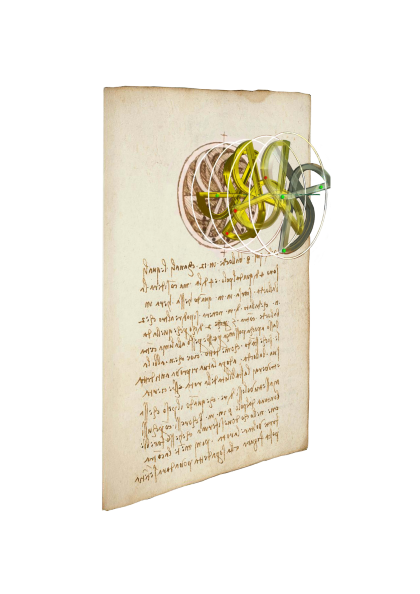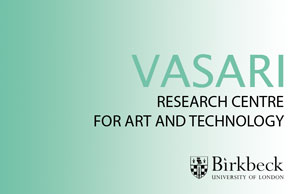
6 February – 12 March 2019
Peltz Gallery, Birkbeck, School of Arts, 43 Gordon Square, London WC1H 0PD
Opening hours: Monday-Friday: 10am-8pm, Saturday: 10am – 5pm (term time, unless otherwise stated)
Can one have perpetual motion? The search for the perfect machine, which would work with total efficiency and be self-sufficient ad infinitum, occupied natural philosophers and engineers from the Middle Ages onwards. Leonardo has a central place in this story. His designs of perpetual motion machines are intriguing applications of his understanding of the laws of motion and mechanics, expressing an important side of his multifaceted experiments in art, science and engineering.
The quest proved impossible in the nineteenth century with studies of thermodynamics, yet Leonardo is the first to state its impossibility. This exhibition explores new ways of analysing, reconstructing and contextualising Leonardo’s designs. Key drawings from his notebooks are featured alongside animated images and virtual models, as well as placed in the wider context of his oeuvre with tools for comparative scrutiny and reasoning. At stake is what state-of-the art technology can contribute towards our understanding of visual works and thinking processes in the fields of art and science.
The exhibition is a collaboration between The Vasari Research Centre for Art and Technology at Birkbeck (London), Ravensbourne University London, The Museo Galileo (Florence); and with the support of the Leonardo da Vinci Society (London).It is also part of the international celebrations marking the 500th anniversary of the death of Leonardo da Vinci (1452-1519). It is the nucleus of a larger exhibition at the Museo Galileo in Florence (October 2019- January 2020).
The hololens will be available on the below dates:
- Saturday 16 February – 10am-3pm
- Thursday 21 February 11am-4pm
- Friday 1 March – 2pm-6pm
- Thursday 7 March – 11am-4pm
- Monday 11 March – Time tbc
Programme of events
6 February – Keynote Lecture, 6-7pm: Join Professor Michael Kwakkelstein, Director of the Dutch Institute of the History of Art in Florence, for the opening lecture Leonardo da Vinci: the Motions of the Mind
The enormous appeal Leonardo’s paintings have exercised on the viewer, from the time they were painted up to the present day, can be attributed to his unequalled rendering of human emotions. The Last Supper and the Mona Lisa have become the world’s most famous paintings because viewers are attracted by the convincing suggestion of the living presence of the animated human figure in these works. It is this very illusion painting can create that Leonardo has in mind when in his notes on painting he repeatedly points out that a good painting attracts and keeps the viewers’ attention when he or she is moved by the figures painted therein. At the same time Leonardo acknowledged the difficulty of mastering the depiction of bodily movements and facial expressions that correspond to certain emotions and are appropriate to age, gender, temperament and social status and for that reason he intended to write a book on the bodily expression of emotions. Apart from his plan to provide the painter with a set of examples, he urged him to learn these expressive bodily movements by drawing from life. The aim of this lecture is to define the relationship between Leonardo’s views on the study of emotional expression and his own artistic practice.
The lecture is followed by the exhibition private view and reception 7.00-9pm All Welcome! Book your ticket here!
1 March – Holograms in the Museum: Presentations and panel discussion, 6.30pm -8pm
This interdisciplinary discussion brings together animators, designers and media and cultural studies scholars to consider the changing significance of holograms in artistic and cultural practice. All welcome! Book your ticket here!
Curatorial and Technical Team: Juliana Barone, Andrea Bernardoni, Nick Lambert, Joel McKim, Mike Smith, Jazz Rasool, Tomas Koza, Jacopo Tonini, Daniela Vespoli and Luisa Barattin.
Image: Codex Forster II, f. 91r © Victoria and Albert Museum, London


